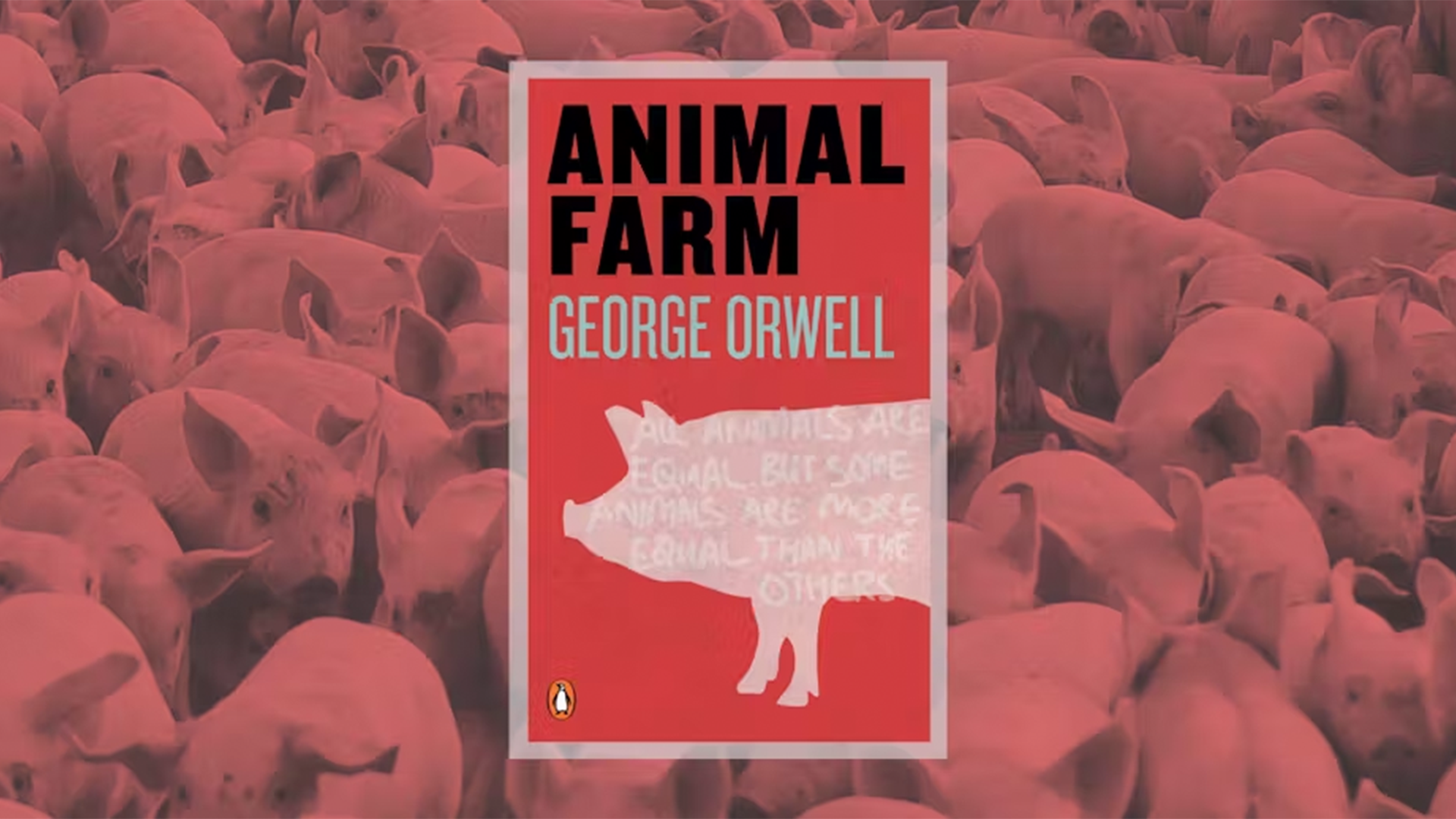George Orwell Publishes Animal Farm

Animal Farm turned a barnyard revolt into one of the sharpest critiques of tyranny ever written.
What Happened?
George Orwell—born Eric Blair—was no stranger to the dangers of unchecked power. His experiences as a colonial officer in Burma, a soldier in the Spanish Civil War, and a lifelong critic of authoritarianism shaped his pen. In 1945, as the world reeled from World War II and Soviet influence expanded, he released 'Animal Farm'—a deceptively simple fable that carried a searing political charge.
The novella tells the story of farm animals who overthrow their neglectful human master, Mr. Jones, and dream of a society built on equality. But under the leadership of the pigs—Napoleon, Snowball, and Squealer—the revolution curdles. Ideals are rewritten, slogans replace reason, and dissent is crushed. What began as Animalism becomes dictatorship.
Every character is an allegory. Napoleon embodies Joseph Stalin, Snowball recalls Leon Trotsky, and Squealer mirrors the propagandist Vyacheslav Molotov. Boxer, the loyal workhorse, represents the exploited working class whose blind faith powers the system even as it consumes him. The Seven Commandments painted on the barn wall—slowly revised until they read, 'All animals are equal, but some animals are more equal than others'—show how propaganda erases truth.
Orwell’s brilliance was to make politics legible to all readers. Whiskey stood for corruption, the windmill for failed Soviet modernization, and the pigs’ descent into human habits for the inevitable betrayal of revolutionary ideals. His satire was so sharp that the book was banned in the Soviet Union—and later repurposed as propaganda by the CIA, which secretly funded an animated adaptation during the Cold War.
Animal Farm was an instant success. The first 4,500 copies sold out in days, and within a year of its American release it had sold more than half a million. For Orwell, it was the first time he consciously fused political and artistic purpose into a single work. For readers, it was a parable of power that never lost its relevance.
Nearly eighty years later, Orwell’s barnyard allegory still resonates. Whenever language is bent into slogans, whenever lofty ideals mask exploitation, whenever tyranny grows from silence—'Animal Farm' reminds us that revolutions are fragile, and freedom demands vigilance.
Why It Matters
Animal Farm is more than a story about animals—it is a manual on how power corrupts and how propaganda sustains tyranny. By exposing how revolutions can betray themselves, Orwell gave readers a timeless warning: liberty is never guaranteed, and truth is the first casualty when language is weaponized.
?
How do the characters in Animal Farm map onto real figures of the Russian Revolution?
Why did Orwell use animals rather than human characters to tell his story?
What role does propaganda—songs, slogans, rewritten history—play in the animals’ submission?
How was Animal Farm received differently in Britain, the United States, and the Soviet Union?
Why has Animal Farm remained relevant in discussions of power and democracy today?
Dig Deeper
So you haven’t read Animal Farm? Orwell’s barnyard fable uses animals to reveal how propaganda, power, and fear can unravel revolutions—and how tyranny creeps in on silent hooves.
Related

The New Deal: Fighting Depression with Bold Ideas
Faced with economic collapse, President Franklin D. Roosevelt launched a revolutionary plan to rebuild America from the ground up. The New Deal wasn’t just policy—it was a bold experiment in hope, action, and government responsibility.

The Tulsa Race Massacre: Black Wall Street Burned
Greenwood was known as Black Wall Street—until a white mob burned it to the ground. The Tulsa Race Massacre wasn’t a riot. It was a coordinated attack. And it was nearly erased from history.

The Gilded Age, Industrialization, and the 'New South'
A glittering era of innovation and industry, the Gilded Age promised progress but delivered inequality. In the South, leaders dreamed of a 'New South,' yet industrialization offered opportunity for some while reinforcing systems of poverty and discrimination for others.
Further Reading
Stay curious!
